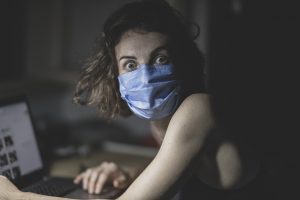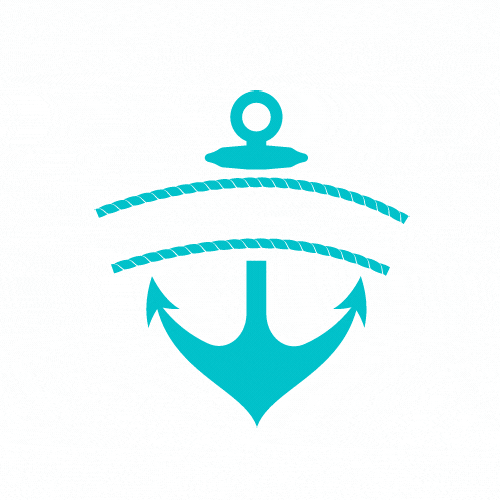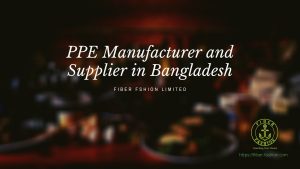Facial Protection Equipment in Bangladesh
The boom in exports of hazardous medical equipment such as PPE has created a need for medical staff to be well equipped with essential protective clothing while working. These highly hazardous medical supplies have been a cause of much concern not only by international health organizations but also by local hospitals that have laid tremendous stress on its use. These highly contagious health care supplies include surgical gloves, syringes, disposable gowns, and similar PPE apparel. As the global health industry faces its worst recession in decades, the urgent need to preserve the use of these highly lethal medical products in low-risk environments has led to the widespread adoption of PPE by hospitals and nursing homes all over the world.

The sudden outburst of paralytic diseases, including AIDS, caused by unsafe practices by many sweatshop producing factories has created a need to control the spread of deadly contagious diseases by using disposable gowns. The introduction of PPE into the domestic garment industry has led to a surge of manufacturers. With millions of pounds worth of foreign investment expected to flood the country, there has been a rush of Chinese companies into the country’s textile industry in an attempt to tap its cheap labor and lower-cost resources.
PPE: Emergency Clothes
But with billions of dollars worth of contracts already signed with international buyers and a potential pandemic looming, garment manufacturers in Bangladesh are worried. Is there a solution? Can PPE be regulated like other hazardous materials and imported from reputable suppliers? What can we do to avoid the risks of PPE entering the domestic market? The government has been attempting to regulate PPE through the Bangladesh Industrial Processing Industries (BIPI) and Clothing Manufacturers Association (CMA) but these measures have met with heavy resistance from manufacturers. There is little the government can do apart from encouraging businesses to purchase PPE from accredited suppliers.
Face Mask and Other Facial Equipment
Most of the apparel that comes into contact with the public is produced in small factories that lack the resources and capacity to process large volumes of garments in a short time. These factories rely on local brokers to source PPE from abroad. The brokers either collude with the garment manufacturer directly or they pass on the request to another party, who then submits the request to the manufacturer directly. Brokerages are legally bound not to source PPE from a supplier that could potentially face a lawsuit; they also cannot supply PPE if they are aware that the product poses a serious health or environmental risk.
Face Mask Industry in Bangladesh
The Bangladesh garment industry produces underdeveloped countries that do not have stringent regulations covering PPE, so it is easy for cheap PPE to enter the country via illegal channels. Some of the clothes that enter the country via this channel contain counterfeit PPE which is then sold to unsuspecting domestic buyers. However, garment manufacturers have realized that unless they are able to monitor their supply chain more comprehensively, they will be at a disadvantage to competitors who do have more sophisticated inspection processes. So, many of these factories have now started using organized certificate scanning of their goods so that when they export the PPE, they are ensured of its quality.
Managing directors in garment manufacturers are usually well educated and trained in handling PPE; however, they are often unable to dedicate sufficient time to managing PPE shipments. This leads to delays in delivery, which can seriously affect a company’s sales and reputation. Many of these companies have been able to successfully overcome the challenges of managing PPEs via automation: the design and manufacturing process is largely automated, so there is no longer the need to divert resources to tracking down suppliers, re-supplying or monitoring the factory’s PPE shipments.
PPE Production and Supplying in Bangladesh
However, PPEs still require manual data entry when importing or exporting them, especially for hazardous materials. garment manufacturers that ship internationally has had to face severe penalties for ignoring shipment notification requirements and not complying with the required labeling and shipping procedures. In addition, there are penalties for not having the correct amount of chemical resistant clothing in stock. A textile industry association has set the criteria for what it requires in order for an exporter to be certified, stating that any company in breach of its standards will be blacklisted by the association and will not be allowed to export goods in the future. The association also makes sure that the chemicals in chemical resistant clothing manufactured in PPE factories are appropriately declared at the customs and that the appropriate labeling is used, so that companies do not get penalized for non-compliance.
Conclusion:
There is a lack of expertise at present in Bangladesh garment manufacturers. Only six of the country’s twenty-eight factories are fully operational. Twenty-one of these is producing garments that are suitable for use as face masks, respiratory protection, and personal protective equipment. An apparel industry association has reported that most factories in Bangladesh were still using untested and unregulated PPEs in their products, including those that are considered “beriberi-permeable.” The association has called on the Bangladesh government to improve its licensing requirements for PPEs to address these concerns.


